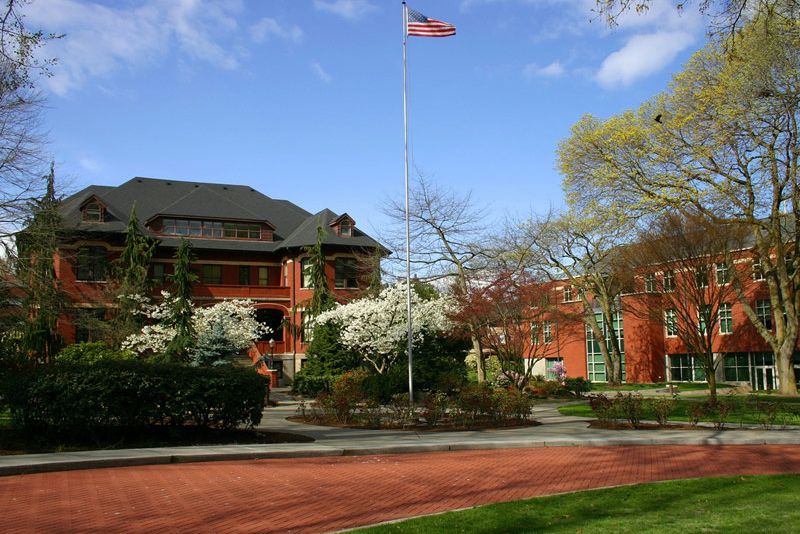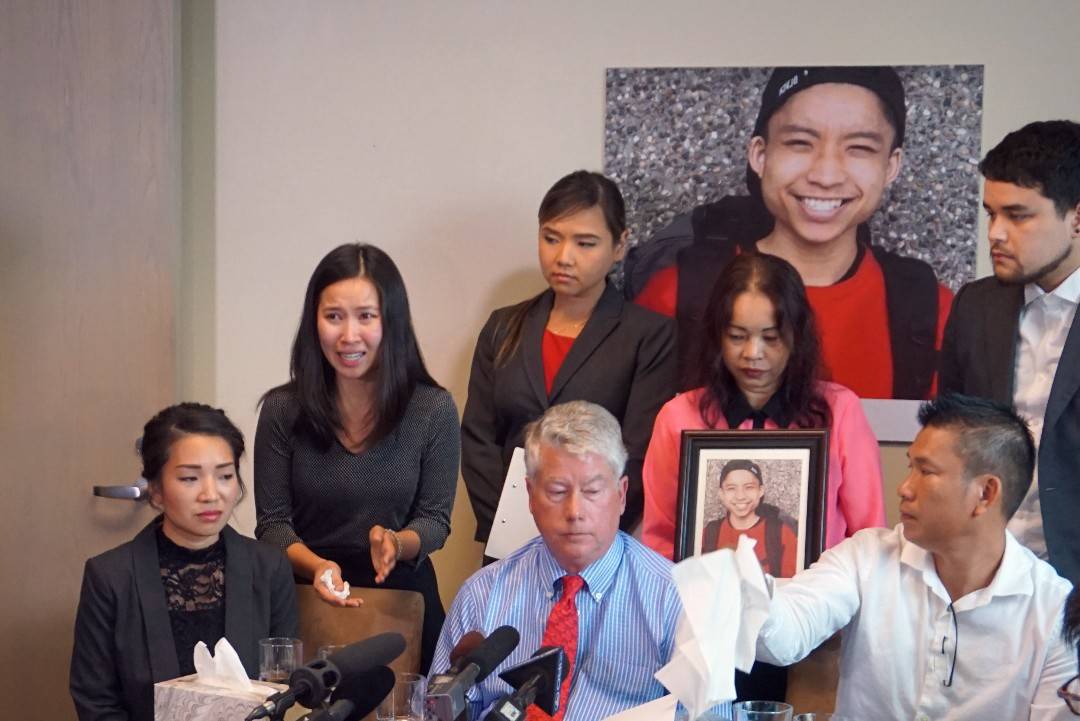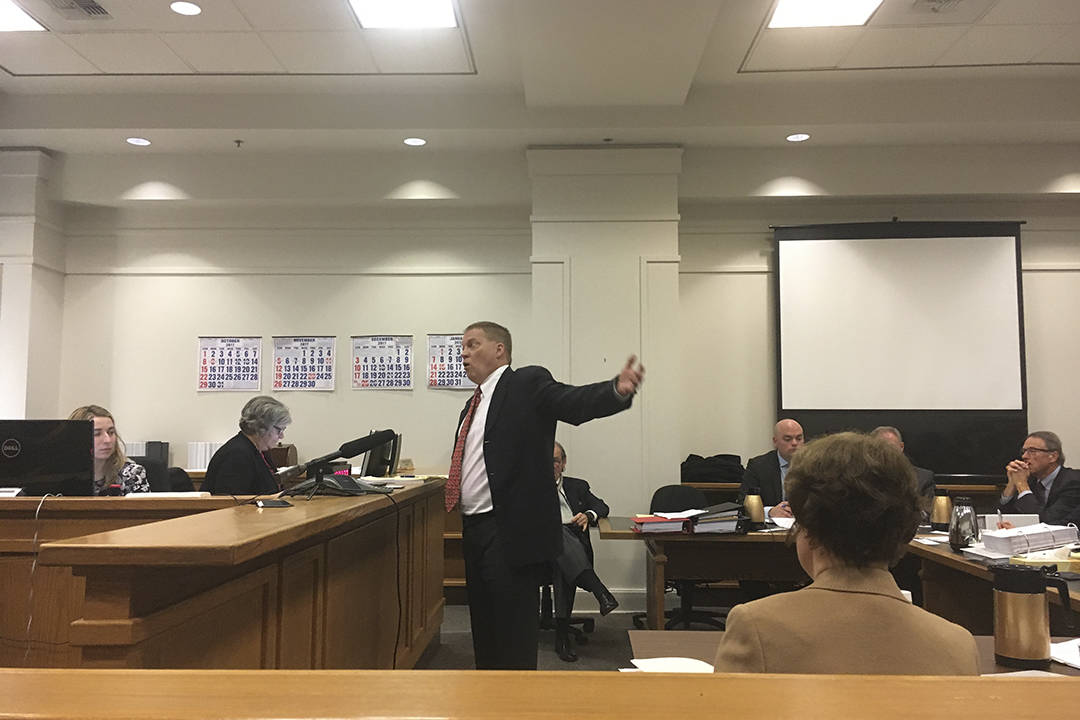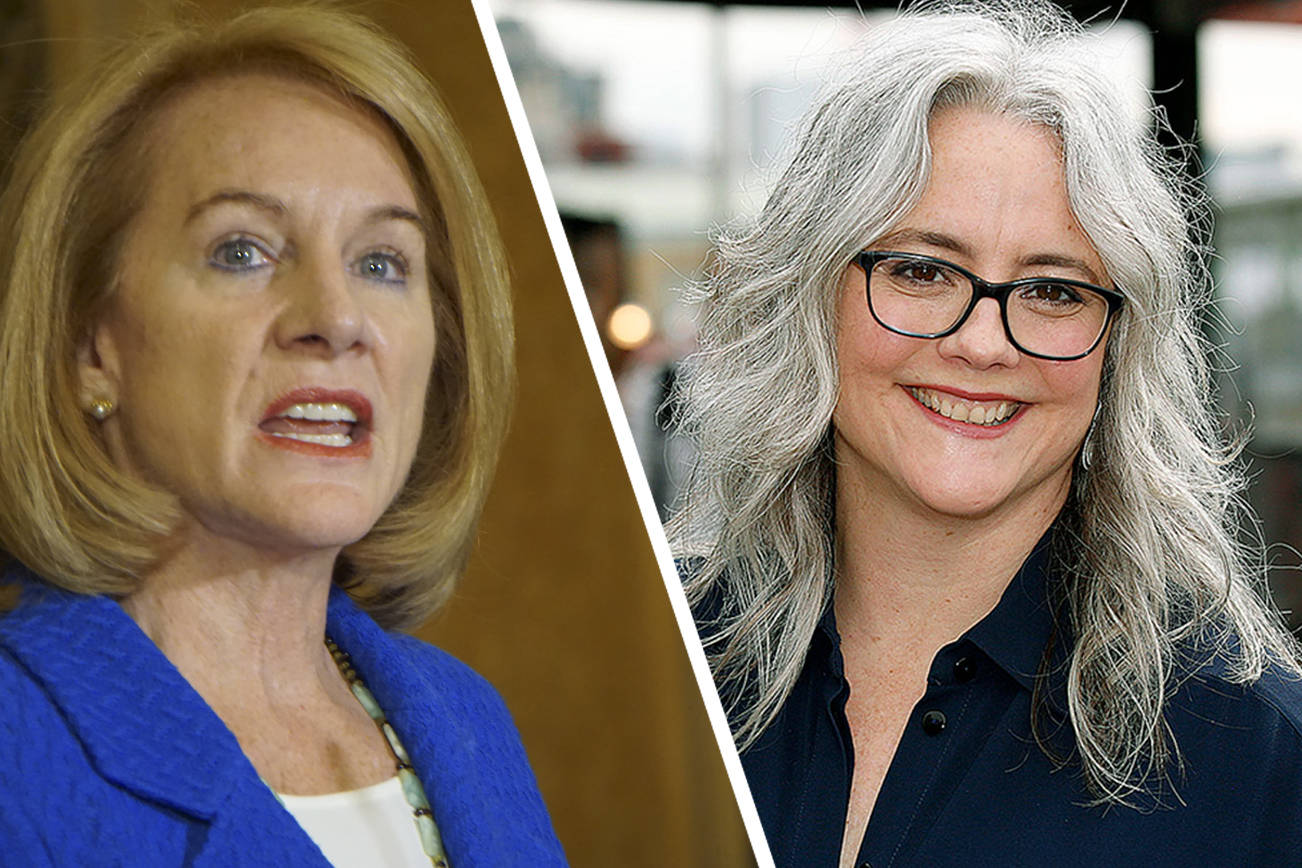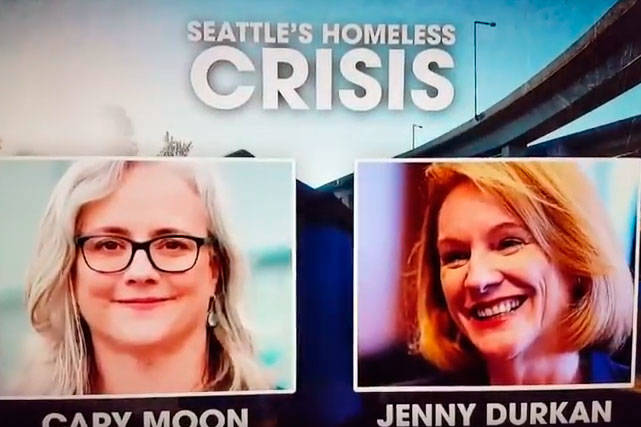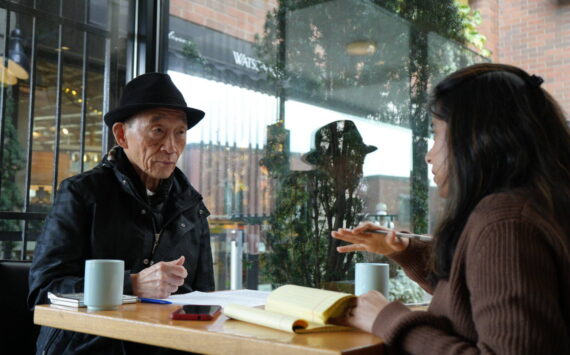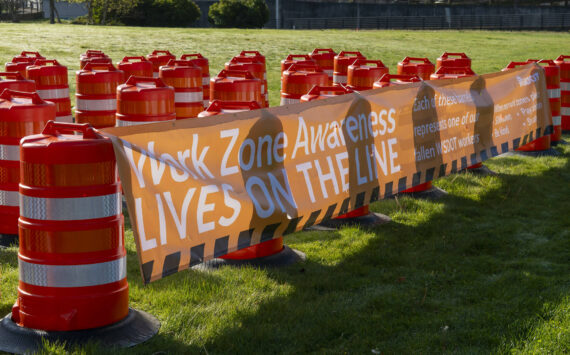Following a lengthy legal battle, a number of media outlets, including The Seattle Times, KIRO 7 and KING 5, have obtained and posted surveillance video from the June 2014 shooting at Seattle Pacific University over the protests of victims and the school.
The video is dramatic, showing SPU student Jon Meis rush shooter Aaron Ybarra, pepper spray him, and take away his shotgun. After taking Ybarra’s gun, Meis rushes him again as Ybarra takes out a hunting knife. The Seattle Times notes that it chose to only show the part of the video showing Meis’ heroism, and “not releasing any images that show the shooting or victims.” KIRO 7 did not post any raw video, but only a “portion of the video in the context of our news broadcasts.”
Meis’ heroic actions that day have long been known; among other things, there was a push on Reddit to buyout Meis’ wedding registry. Yet the surveillance video, seized by police for investigation, had not been made public while SPU and lawyers for the shooting victims fought its release—suggesting the video had no value beyond to boosting ratings and pageviews.
One person was killed and two others wounded in the June 4 shooting, which had resurfaced in the news even before the video’s release on account of the shooting in Orlando.
The school and victims were initially successful in their suit, but an appellant court overruled a lower court’s decision.
Now, with the video released, the debate has been reignited: Is showing video from a murder scene a public service, or just exploitative?
Several SPU students took to Twitter to call out media outlets for showing the video.
All respect for @KING5Seattle and @seattletimes has been lost. Have some sensitivity toward the SPU community.
— Erin Miller (@emillz1994) June 15, 2016
I have never felt as disgusted towards anyone as I feel right now towards @KING5Seattle and @seattletimes. No words…just disgust.
— Joslyn Smith (@Jossysauce411) June 15, 2016
#standwithspu @KING5Seattle @seattletimes @KIRO7Seattle want more clicks, web traffic, advertisers, and money…All citizens get copycats.
— K A T (@emeraldcitylove) June 15, 2016
SPU also released a statement last night, reading in part: “We are disappointed by the release of the surveillance videos of the June 5, 2014, shooting on our campus. We, along with others, have pursued legal action to stop the videos’ release in order to protect individual privacy and prevent the emotional distress these images will have on our community.”
In an email, Times spokeswoman China Davis sent us this statement, attributed to managing editor Jim Simon:
“We appreciate the valid concerns of people opposed to the release and airing of the surveillance videos, particularly those in the SPU community. We tried to balance those sensitivities with what we felt was the legitimate news value of a small segment of the video.
“After a lengthy newsroom discussion, The Times made the decision to run only the 47-second short segment of the video showing the courageous actions by student safety monitor Jon Meis to confront and tackle the shooter. Ultimately, we decided the video clip was newsworthy because it offered the public a much more powerful understanding of the extraordinary efforts Meis made to save lives than any of the previously written descriptions of those events had. Editing of the video was done carefully so that no images of the shootings or victims were shown. We also removed advertising that normally runs with our videos.”
Tracy Norlen, director of public information at SPU, said the media outlets not airing the entire video did not change the university’s outlook on the issue. Asked how showing Meis’ actions could be traumatizing to victims, she referred back to the university’s statement.
